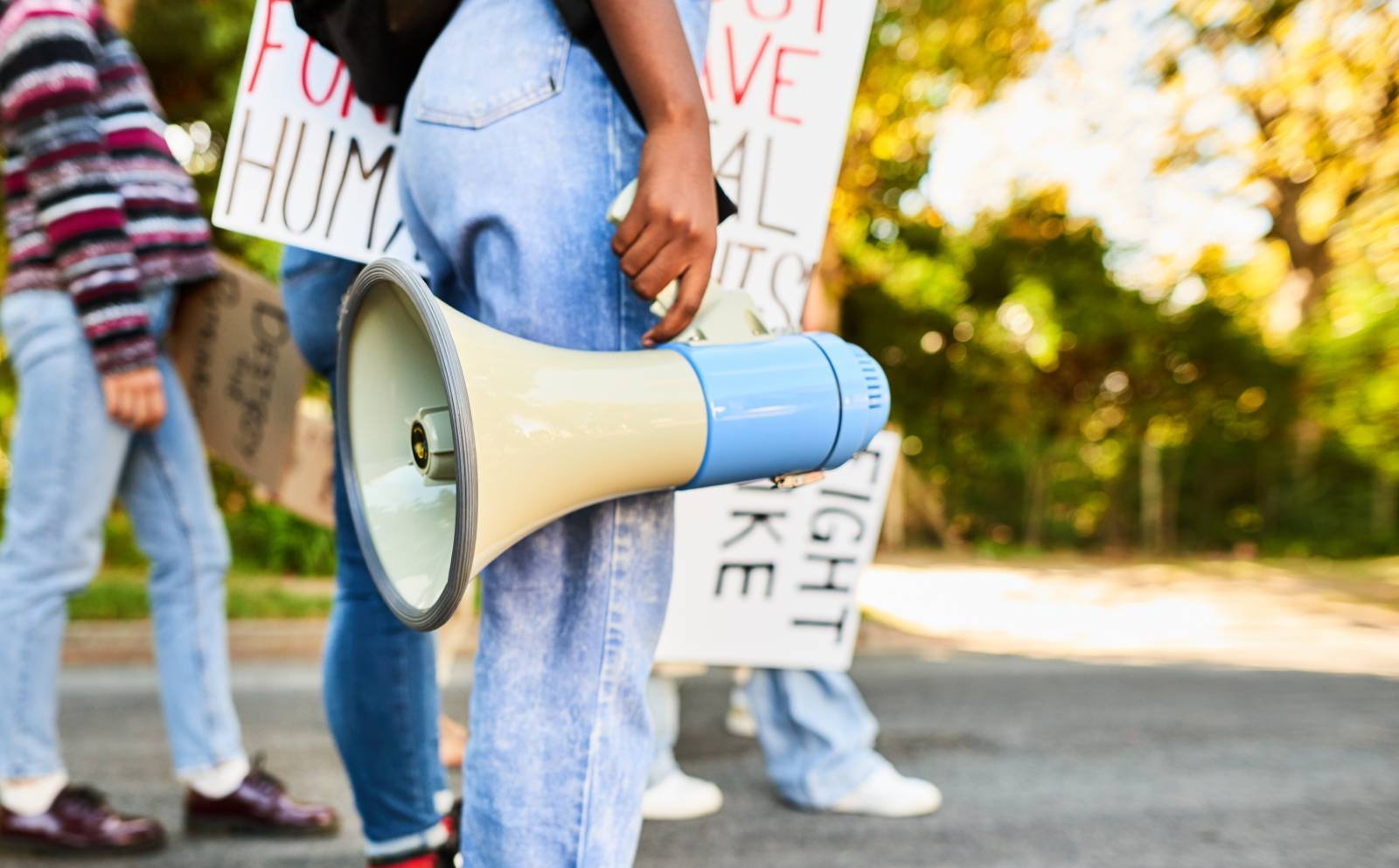Over the July 4 weekend, hundreds of fires sparked across California, feeding on the hot, dry conditions of an ongoing heat wave.
But some of these fires were strange.
They grew rapidly and expanded their territory at a time when fires, like people, traditionally rest: at night.
Overnight hours, when temperatures tend to go down and relative humidity, or the amount of water vapor in the air, goes up, can act as a barrier to fire. Overnight, fires tend to creep along, giving firefighters a chance to sleep or manage smaller flames. But human-caused climate change has accelerated nighttime warming more quickly than daytime warming, dismantling this natural shield.
“Night won’t save us,” said Kaiwei Luo, a doctoral student in environmental sciences at the University of Alberta and the lead author of a recent study in the journal Nature that found overnight burning can cause fires to burn larger and longer. “With climate change, we will see more and more overnight burning,” he said.
Using satellite data, Mr. Luo surveyed 23,557 wildfires that occurred between 2017 and 2020 in North America. Less than 2 percent of fires were active enough at night for satellites to capture hot spots between dusk and dawn. But of those nighttime fires, 99 percent were associated with fires larger than 2,400 acres. Over the 52 days the 2020 Creek fire was active, scorching almost 380,000 acres, it burned during 43 nights.
A majority of overnight burns happen within the first few days of ignition, and they tend to occur consecutively, according to the study. That means that if a fire burns overnight, and for multiple nights, there’s less time for firefighting interventions, and it’s more likely that the fire will grow out of control.
“We might need to consider a firefighting model that operates around the clock,” Mr. Luo said in an email.
The Lake fire near Santa Barbara in Southern California started on Friday afternoon and has burned every night since, growing significantly, said Kenichi Haskett, a public information officer with the California Department of Forestry and Fire Protection. Over Monday night, the fire grew more than 5,000 acres, and on Tuesday night, more than 2,000. Now covering almost 30,000 acres, it’s predicted to continue its spread over the next 48 hours.
In Siskiyou County in Northern California, the Shelly fire has grown to more than 8,200 acres since it was first sighted in the Klamath National Forest last Wednesday.
“The fire actively burned until 5 a.m. on Monday morning,” said Darren McMillin, a Cal Fire public information officer. Relative humidity peaked around 15 percent on Monday night, he said, and it should be closer to 45 or 50 percent at night for the fire to go down. The area is under an excessive heat warning, with daytime temperatures in the triple digits, and more than 2,000 personnel are working to control the fire, which is 0 percent contained as of Wednesday morning.
John Chester, the operations section chief for the California Interagency Incident Management Team overseeing the Shelly fire, noted the “extreme fire conditions” in a Monday briefing.
“The recoveries at night are not coming up,” Mr. Chester said. In July, nighttime temperatures in the nearby town of Yreka are normally in the mid-50s. But during the past few days of the Shelly fire, temperatures remained in the 60s and 70s throughout much of the night, only dipping to 58 degrees around 6 a.m.
Nine of the top 10 cities that had the most days with a minimum daily temperature over 20 degrees Celsius, or about 68 degrees Fahrenheit, are in Northern and Central California, according to a recent report from the nonprofit research group Climate Central.
Decades earlier, firefighters could rest and regroup at night, and fires required less personnel, said Kaitlyn Trudeau, a senior research associate at Climate Central who worked on the report.
“But it’s completely different now,” said Ms. Trudeau. “It’s straining already stressed resources and having this huge physical and mental toll on firefighters.”
Mr. Luo’s study found that while heat waves are a big contributor to extreme fire behavior, drought conditions could be the main driver. Understanding these factors could help emergency managers and communities better prepare, Mr. Luo said. If a fire starts in an area of drought, for example, firefighters could anticipate that overnight burning is likely to increase the fire’s range and severity.
“Warmer, drier nights mean drier fuels, which means problems for fire management,” said Mike Flannigan, a professor of wildland fire at Thompson Rivers University in British Columbia.














/https://tf-cmsv2-smithsonianmag-media.s3.amazonaws.com/filer_public/34/31/3431771d-41e2-4f97-aed2-c5f1df5295da/gettyimages-1441066266_web.jpg)






Discussion about this post